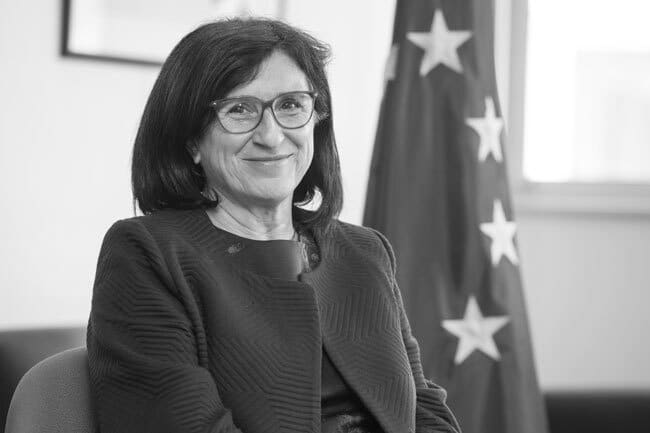Michel CRUCIANI CGEMP – Paris-Dauphine University [vc_btn title= »Download the article » style= »outline » color= »blue » align= »right » i_icon_fontawesome= »fa fa-file-pdf-o » add_icon= »true » link= »url:http%3A%2F%2Fprod.confrontations.org%2Fwp-content%2Fuploads%2F2016%2F03%2FRevue-107-How-to-finance-the-investments-for-electricity-needs-p18.pdf||target:%20_blank »] Html code here! Replace this with any non empty text and that's it. Five years after the adoption of the “Climate and Energy Package” for 2020, opinions converge to consider that the common objectives (the famous 3×20) will be only partially achieved, and that the European electricity market is shaken by a serious crisis. The crisis translates in particular by a deterioration of the balance sheet of large incumbents, which severely limits their ability to invest in the coming years. This occurs at a time when the constraints on public budgets will also reduce their contribution, while the recently adopted rules on bank activities might compress the volumes available for long-term funding and increase their cost. How to mobilize new resources to meet the needs of replacing a fleet of aging power plants,
Ce contenu est réservé aux abonné(e)s. Vous souhaitez vous abonner ? Merci de cliquer sur le lien ci-après -> S'abonner












